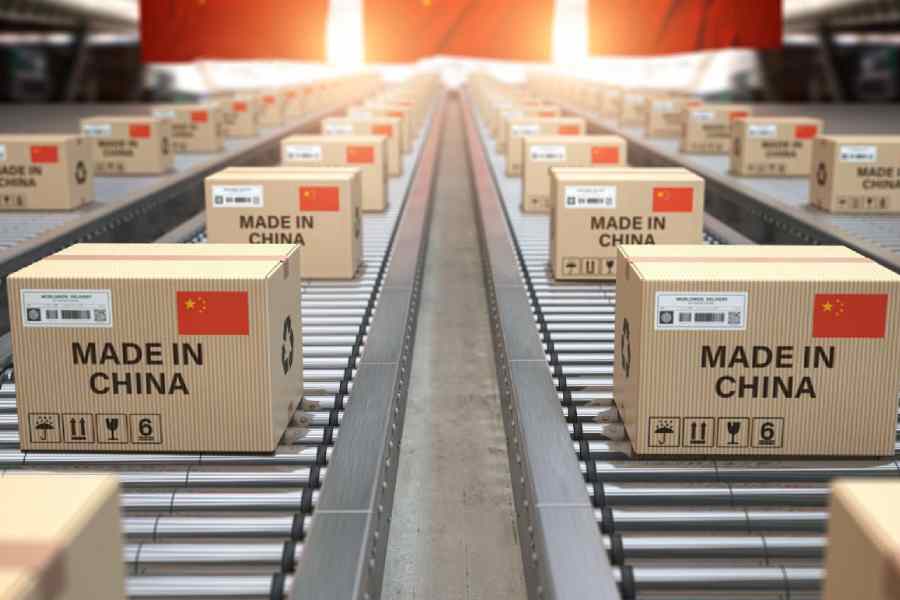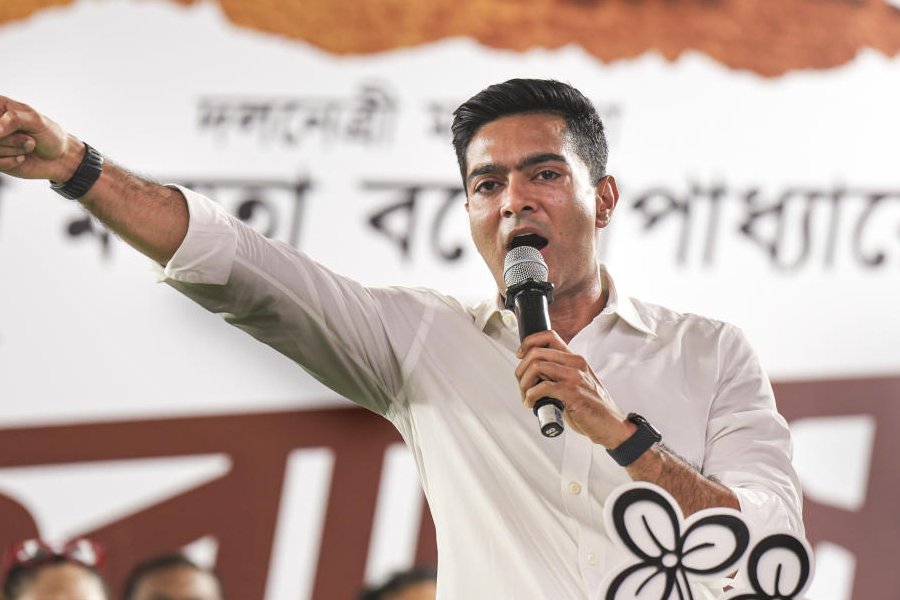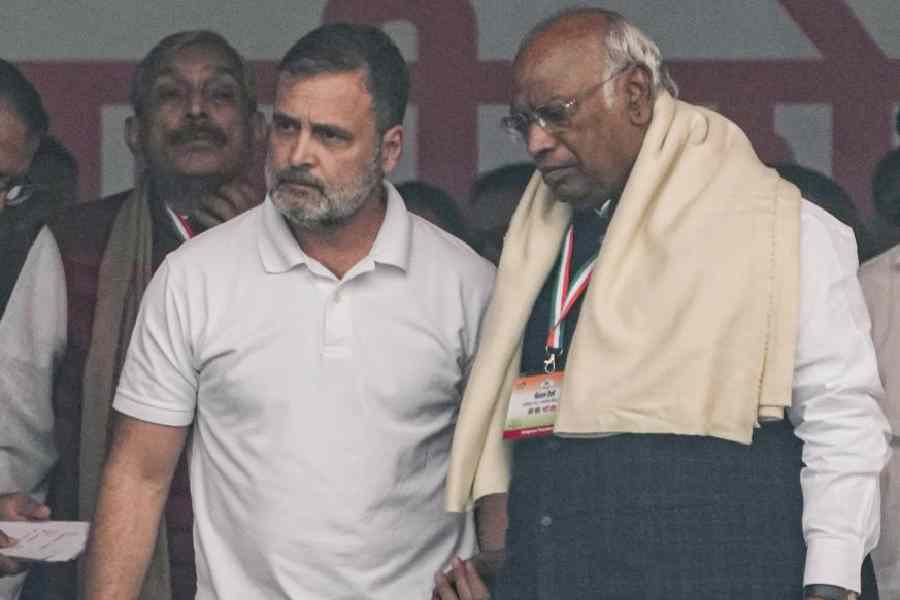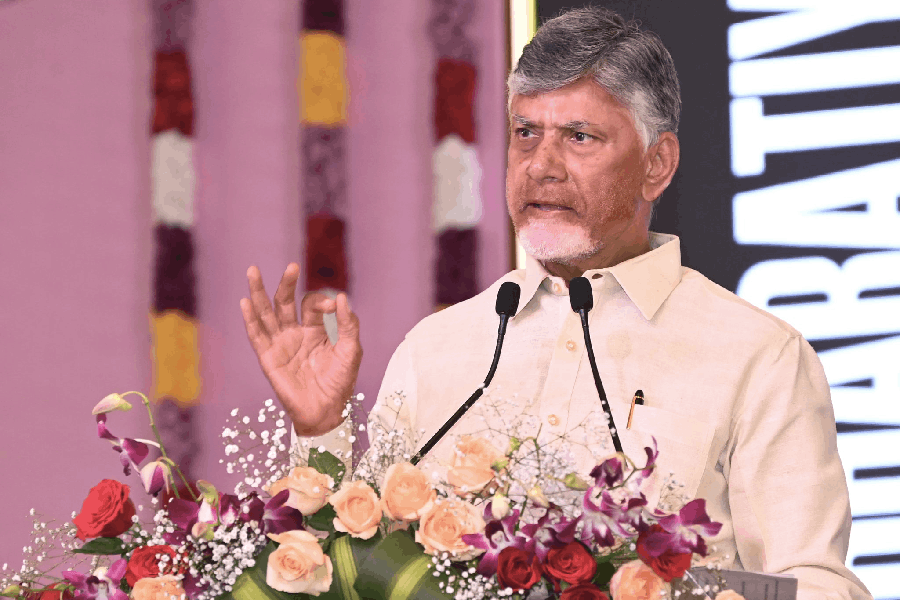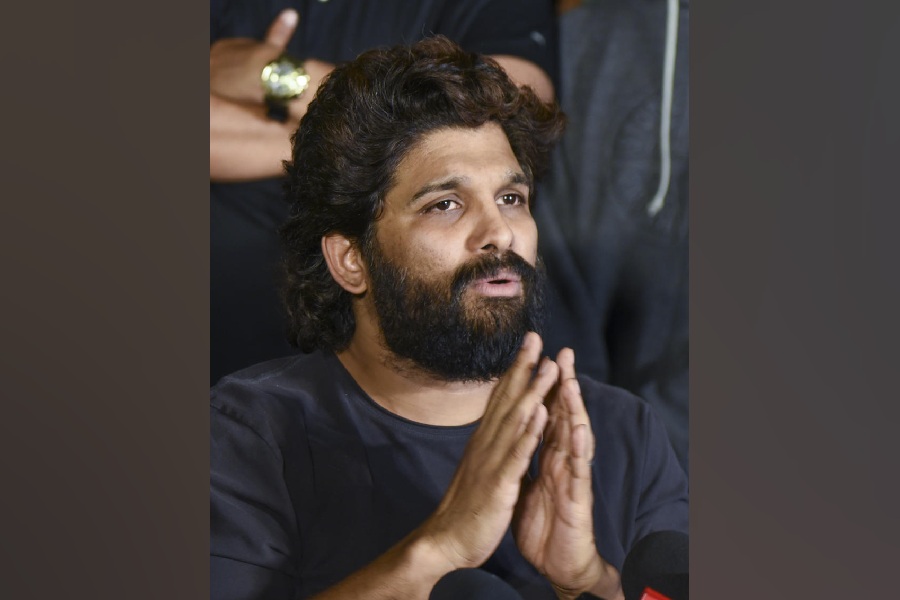There are three ongoing conversations about China that are taking place more or less simultaneously in India. And all three are relatively insulated from each other.
In many think tanks and knowledge institutions which focus on geopolitical and military issues, there is a near consensus about Chinese political and military assertiveness across South Asia and the wider region, and some real and pressing concerns about its intent.
These concerns have consolidated since the events in the Galwan Valley in Ladakh in June 2020. China's conduct in the South China Sea, its assertiveness on Taiwan and, most of all, the build-up in its military capacities and infrastructure vis-à-vis India along the line of actual control all appear self-evidently as manifestations of the proposition that China as a threat is a military factor that India cannot ignore.
The military factor is matched by an exhibition of diplomatic heft, regionally and globally. Whether it is the troubled Iran-Saudi Arabia interface, intra-Palestinian tensions or, potentially, a role in the Ukraine-Russia conflict, the Chinese footprint is visible. In each country in South Asia, an expanded Chinese impact constantly reinforces the possibility of zero-sum games vis-à-vis India. The larger takeaway is also that notwithstanding the concerns that the Chinese military profile creates throughout the region, most countries seek to deepen their engagement with China as a way of containing the possibilities of geopolitical rifts widening.
On the other hand, there is a parallel conversation in our country’s numerous industry organisations and chambers of commerce about the bourgeoning possibilities of trade with China and capital investment by China in India. The manifestations of China as an economic opportunity are equally evident. Notwithstanding the serious downturn in bilateral relations since June 2020, the long Covid shutdowns in China, and the high profile attached to government announcements that it intends to reduce dependence on China, India-China trade has continued to grow. China is now India’s largest trading partner. Moreover, the total trade turnover has been increasing continuously on account of Indian imports from China in a trade that has always been unbalanced in China’s favour.
The broad sense one can derive from the conversations in trade and industry bodies is that for many sectors of the Indian economy, imports from China are a vital ingredient and, therefore, in a macro sense, continued high growth in India depends also on the continued availability of these inputs. Decoupling from China has the obvious long-term advantage of reducing dependence on a country with which we have major differences in terms of unresolved territorial issues and a historically adversarial relationship. On the other hand, decoupling means taking a hit, at least in the short and the medium term, on our own economic growth aspirations. It also means making a difficult political relationship even more fragile by narrowing the interface between the two countries and making it more security-focused.
The third conversation, again largely insulated from the two above, is amongst public policy experts and economists. What explains China’s economic transformation and the kind of progress that it has made in social development indicators such as health, education, culture, sports and so on? From roughly comparable economic levels in 1980, how did the Chinese economy outpace India so comprehensively?
For instance, in the recently concluded Olympics in Paris, China ranked second in terms of total medals won. In this century, it has ranked amongst the top three medal winners in each Olympics. Can this feat in the sports arena be related to China’s post-1978 economic take-off? Not necessarily. The 1950s and the 1960s are generally regarded, with good reason, as China’s worst decades. The famines associated with the Great Leap Forward, the anarchy and chaos that accompanied the Cultural Revolution or the long-term downsides associated with the one-child policy are obvious enough illustrations of this. Yet, through these dislocations, Chinese social indicators, especially when compared with India, remained robust. For instance, in 1980, Chinese life expectancy at birth was at levels India would achieve only in 2011. In sports, similarly, China’s first major international sporting tournament was the 1974 Tehran Asian Games where its medal tally was second only to Japan. Clearly, progress in some fields predated the opening up of the economy from 1978 onwards.
These three views are parallel conversations, separate echo chambers almost. Yet it is not as if each is entirely unconscious of the others. The perspective of China as a military threat and a geopolitical adversary has to acknowledge that even amidst the worst political downturn in bilateral relations in half a century, the economic and commercial relationship has not only continued unimpeded but also thrived. Similarly, the China-as-opportunity perspective has to confront the reality that the dependence on China for our own growth prospects can still not trump the adversarial context of the India-China relationship. Thus, of all of India’s major trading and economic partners, China remains the most difficult to access in terms of air connectivity and the Indian visa regimen for Chinese businessmen is the most stringent.
Thirdly and finally, China’s technological advancements, which have followed from its educational and research ecosystems, have military and economic spin-offs that necessarily have to be acknowledged. It is a fact that despite all the stringent conditions associated with its investments and the many instances of a mounting debt burden, the Chinese economic connection remains highly sought after by most, if not all, of our neighbours. Even more than China’s expanding diplomatic footprint or its military upgradation, it is China’s economic and social progress that has made it become a kind of template of modernity in our region and this constitutes the real challenge for us.
There is no easy solution or existing template on how to deal with the disruption attendant to the emergence of a new major power in our immediate neighbourhood. The fact that these three conversations are isolated and largely self-contained points to the difficulties that exist for the policy sphere. At the very least, this is an area where we have to put our domestic polarisations aside and acknowledge the real difficulties in formulating policies that will satisfy even the minimum requirement of each of these three verticals.
T.C.A. Raghavan is a former Indian High Commissioner to Pakistan and Singapore

